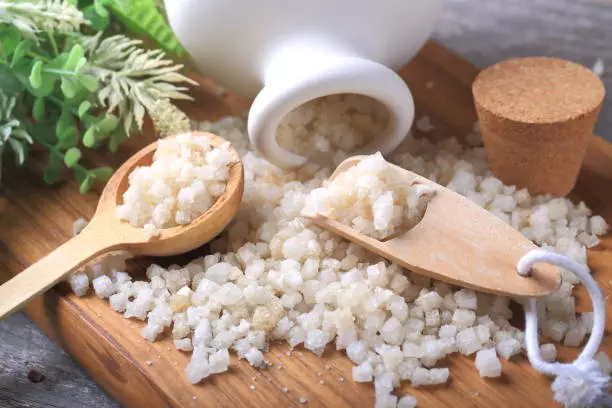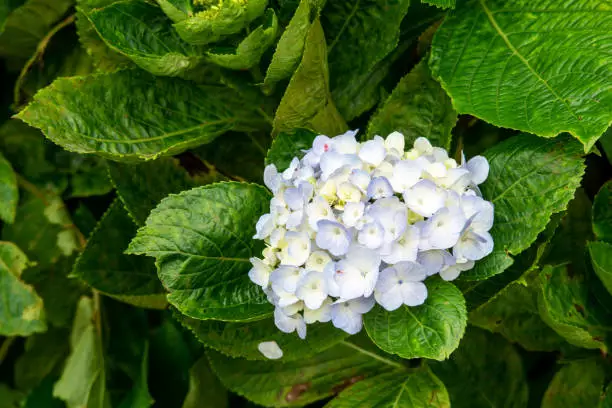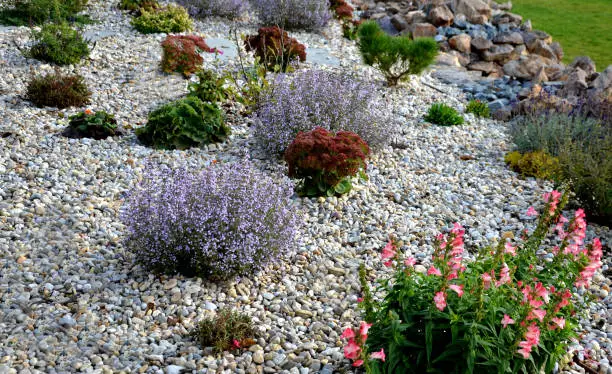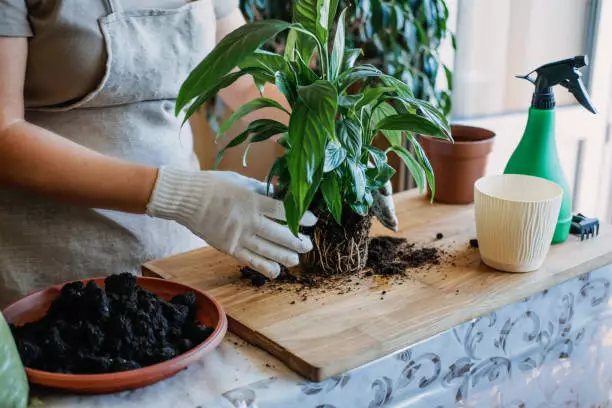Pothos grows healthy in bright indirect sunlight, making it a great indoor plant. However, the plant can start to show unhealthy signs such as leaves turning brown and crispy, wilting, and general discoloration. But why do the leaves of pothos turn brown?
Pothos leaves turn brown due to overwatering, underwatering, too much light, or leaf spot disease. Too much fertilizer can also cause brown spots and brown leaf tips in pothos. To fix the brown spots and tips, let the upper 25% of the soil dry out before watering and provide bright indirect light.
Diagnosing and treating diseases such as bacterial leaf spot disease can also help the plant heal from the brown spots and patches.
Here’s a detailed guide on the causes of brown spots on Pothos plant parts and how you can fix this problem for good.
Common areas that turn brown
Both diseases and poor care routines can cause various parts of pothos plants to turn brown or yellow. The most common parts of the plant you’ll notice discoloring due to various reasons include:
- Stems – brown stems on Pothos is usually a sign of partial plant death.
- Leaves – Pothos leaves tend to brown along with the variegated spots.
- Tips of leaves – if the underlying issue is excessive use of fertilizer, the leaf tips and edges are likely to turn brown as well.
Why are pothos leaves turning brown?
Pothos (Epipremnum aureum) is a popular houseplant amongst homeowners owing to its ease of maintenance. When grown indoors, it doesn’t require frequent watering to grow and stay healthy. Several reasons can make the leaves of your pothos leaves discolor, the most common being overwatering and excessive direct sunlight.
Here’s why pothos leaves are turning brown:
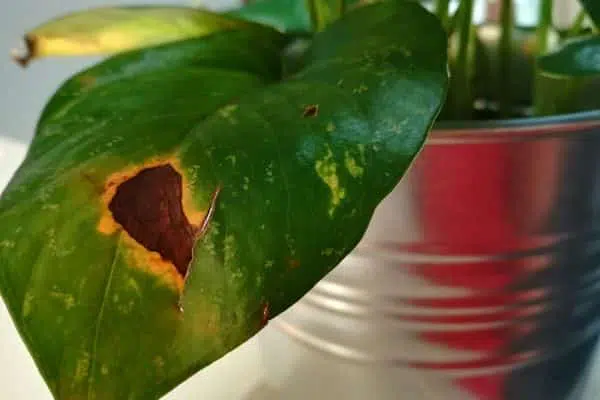
Overwatering
When there’s more water in the soil beneath the potted plant than the plant itself needs, the excess water cuts off the oxygen supply to the roots, which then leads to root rot. With the roots gradually dying out, the supply of crucial nutrients from the soil to the leaves and stems via the roots is hampered, leading to the pothos leaves turning brown.
For highly variegated Pothos varieties like Manjula and Marble Queen Pothos, it’s usually the white and cream-colored spots that develop the brown spots.
Note that overwatering can lead to root rot in pothos and other houseplants, which in turn could be the reason for the discoloration of leaves.
RELATED: HOW TO TREAT ROOT ROT ON POTHOS PLANT
Too much direct sunlight
Overexposure to direct sunlight can cause pothos leaves to burn and turn brown. For highly variegated varieties like Golden Pothos and Manjula, the brown sunburn marks typically appear on the white/yellow/cream spots.
- The leaves turning brown could be a sign of too much direct sunlight.
- Exposure to too little light can also cause leaf discoloration in pothos.
Even though pothos can tolerate low light conditions, the best fix for the brown leaf tips is to provide moderate indirect light for your houseplant.
Diseases
Various plant diseases can also cause your Pothos houseplants to develop dry, brown spots that are unsightly. For instance, bacterial leaf spot (Pseudomonas cichorii), tends to cause brown spots on Pothos leaves, with a yellow ring forming around the brown spots.
Such bacterial infections are usually encouraged by environmental conditions such as high humidity and poor air circulation.
You might want to check the aeration and humidity of the room where you’ve placed your houseplant to stop the leaves from turning brown and yellow.
Excessive use of fertilizers
Fertilizing your pothos houseplants too often or too much at a go can also lead to leaf browning, due to an excess of nutrient salts in the soil.
Browning due to excessive fertilizer use is usually characterized by browning on the leaf tips and edges, as well as on the leaf blades.
Manganese toxicity, for example, “can cause pothos foliage conditions that resemble disease but are not caused by fungal, bacterial, or viral organisms.”
Temperature problems
Extreme temperature conditions can also lead to your Pothos leaves developing brown or black spots. You may start noticing black/brown leaf sections whenever room temperature drops beneath 50-degrees Fahrenheit.
Any temperature 45-degrees Fahrenheit and your Pothos leaves will turn black and growth will stop.
On the flip side, higher temperatures exceeding 80-degrees Fahrenheit are likely to cause brown marks on your Pothos, much in the same way as sunburn from excessive direct sunlight.
How to fix and stop pothos leaves from turning brown
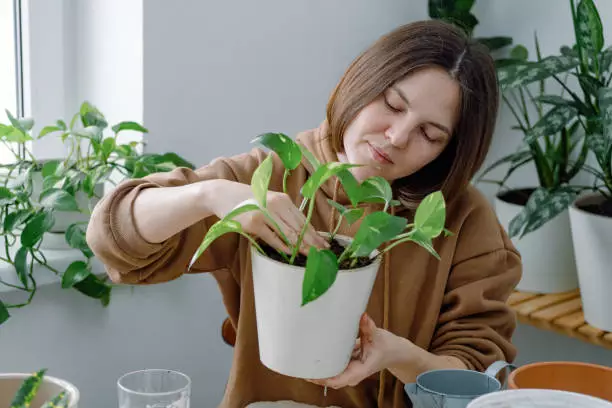
Once you identify the problem that’s causing the brown spots on the leaves of your pothos plant, you want to go ahead and fix it as soon as possible to prevent the plant from wilting and dying. Keep in mind that if you don’t water the plant adequately, the brown leaves could be due to drought.
Here’s how to fix and stop pothos leaves from turning brown:
1. Repot the plant
The initial step in saving a pothos plant affected by overwatering is usually to unearth the plant and inspect the soil on which it grows for wetness. If the soil in the planter is too wet, replace it with dry, well-draining soil.
Let the plant lay bare-root overnight and then repot it into the new soil in the morning. This will help fix any overwatering issues that may be causing brown and yellow leaf discoloration in the pothos plant.
RELATED: HOW TO TREAT YELLOWING LEAVES ON POTHOS PLANT
2. Adjust your watering schedule
Leaf browning due to overwatering is usually a common problem for Pothos growers who’ve recently moved their plants indoors from an outdoor location. When moved indoors, the plant’s water requirements change, as it no longer needs as much water to grow as it would outdoors.
- Allow the soil in the planter to dry out before watering again.
- Let the top two inches of the soil to dry out so that the roots can still be moist.
- Water the plant when the leaves start to show signs of wilting and drooping.
- Do not mist pothos; it doesn’t help them in any way.
To avoid overwatering your indoor Pothos and save the rest of the leaves that haven’t yet been affected by the browning, you may want to reconsider how frequently you water your houseplants.
Pro tip: An ideal technique would be inserting a finger into the soil to ensure it’s dry enough before you can water it again.
Water only as soon as you notice the leaves of your Pothos starting to droop and lose their rigidity. This routine will help you maintain a good watering schedule especially when you’re worried you do it too soon.
3. Provide enough indirect light
To stop any further leaf browning due to excessive direct sunlight you put in place measures to ensure that your houseplant only accesses the appropriate amount of light- and not too much that can harm it.
For instance, if your Pothos are growing by the side of the window, you can place a sheer curtain to control the amount of direct sunlight that hits it. Alternatively, you can move it to another spot in the room that still receives indirect natural sunlight, but is not as intense as a window spot.
If you don’t have such a spot in your house, I’d recommend getting a good LED to grow light to place it under.
4. Treat plant diseases on your pothos
Most diseases in pothos will not kill the plant, but they will affect how it looks. A great DIY fix that can help get rid of the brown spots on the leaves and stems of pothos is to use a fungicide with Dimethomorph such as BASF Stature SCFungicide.
However, if you’re not sure of treating the disease that’s causing the brown spots on pothos yourself, contact your local extension office for professional diagnosis and effective treatment services.
5. Flush out excess salts from fertilizers
If you suspect that a build-up of nutrient salts in the soil is what’s causing brown leaf spots on your Pothos, try flushing out the surplus salts by running water through the soil.
To flush the excess fertilizer salts that are causing pothos leaves to turn brown, make holes at the bottom of the planter and then pour water twice the volume of the pot and let it drain from the bottom. Do it twice to ensure the fertilizer and excess salts are completely removed from the soil.
6. Maintain the right room temperature
Your potted Pothos houseplants should be grown in a room with controlled room temperature, anywhere between 70- 90°F. This is the ideal temperature even though the plant can tolerate various growing conditions.
When temperatures are too high or too low outside the range of 70- 90°F, there can be retarded growth as well as browning of the leaves.
Should you cut brown leaves off the plant?
The need to remove brown leaves from your Pothos plant depends on how severe the problem is. If more than half the leaves are badly affected, then the best remedy would be to cut off the affected leaves to give the remaining healthy leaves an improved chance at survival.
However, if the problem isn’t that extensive and only a few leaves are affected, removing those leaves won’t be necessary. Instead, you might want to diagnose and treat the underlying causes as per the above-discussed sections.
References:
|[1] David J. Norman and G. Shad Ali, University of Florida, IFAS Extension: Pothos (Epipremnum aureum) Diseases: Identification and Control in Commercial Greenhouse Production
[2] University of Florida, IFAS: Potho Production Guide
